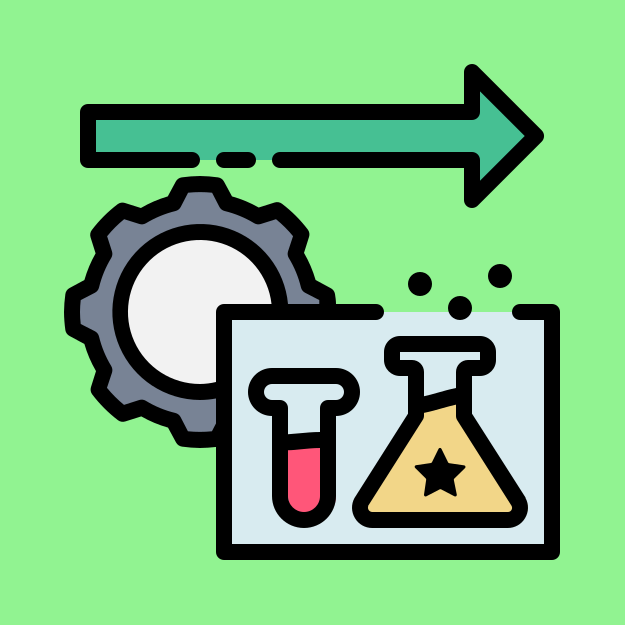Testing is a critical aspect of software development, and measuring its effectiveness is essential for ensuring…
Testing and Quality Assurance
Testing and quality assurance are crucial processes in software development, ensuring that applications meet performance, functionality, and reliability standards.
Testing: Testing involves systematically evaluating software to identify defects, errors, and inconsistencies. It encompasses various levels, including unit testing, integration testing, and system testing, each verifying different aspects of the software’s behavior and functionality.
Quality Assurance: Quality assurance involves implementing processes and practices to prevent defects and improve software quality throughout the development lifecycle. It includes activities such as code reviews, standards enforcement, and continuous improvement initiatives.
Together, testing and quality assurance ensure that software is thoroughly examined, aligns with requirements, and delivers a consistent and reliable user experience, contributing to the overall success and longevity of software applications.
Regression testing is an integral part of software development that ensures new code changes don’t introduce…
Testing is a crucial part of software development, and having the right test environments and proper…
Test-Driven Development (TDD) is not only a testing practice but also a design methodology that encourages…
Testing microservices and distributed systems presents unique challenges due to the decentralized nature of these architectures….
Exploratory testing is a testing approach that emphasizes human-centric, ad-hoc testing techniques to uncover defects and…
Usability and User Experience (UX) Testing are crucial components of software quality assurance. These testing practices…
Continuous improvement is a fundamental principle in quality assurance (QA) process. It involves consistently refining and…








